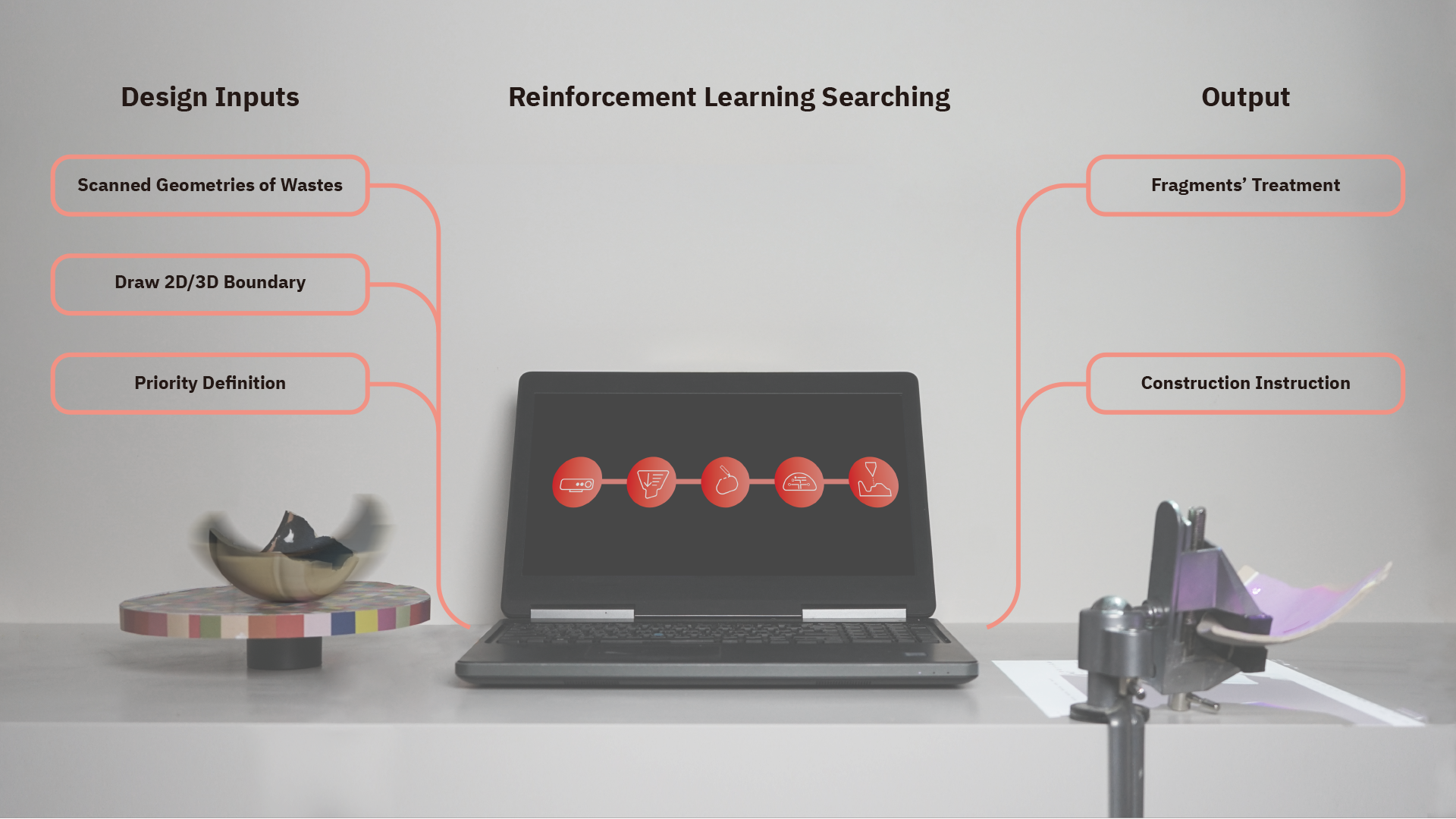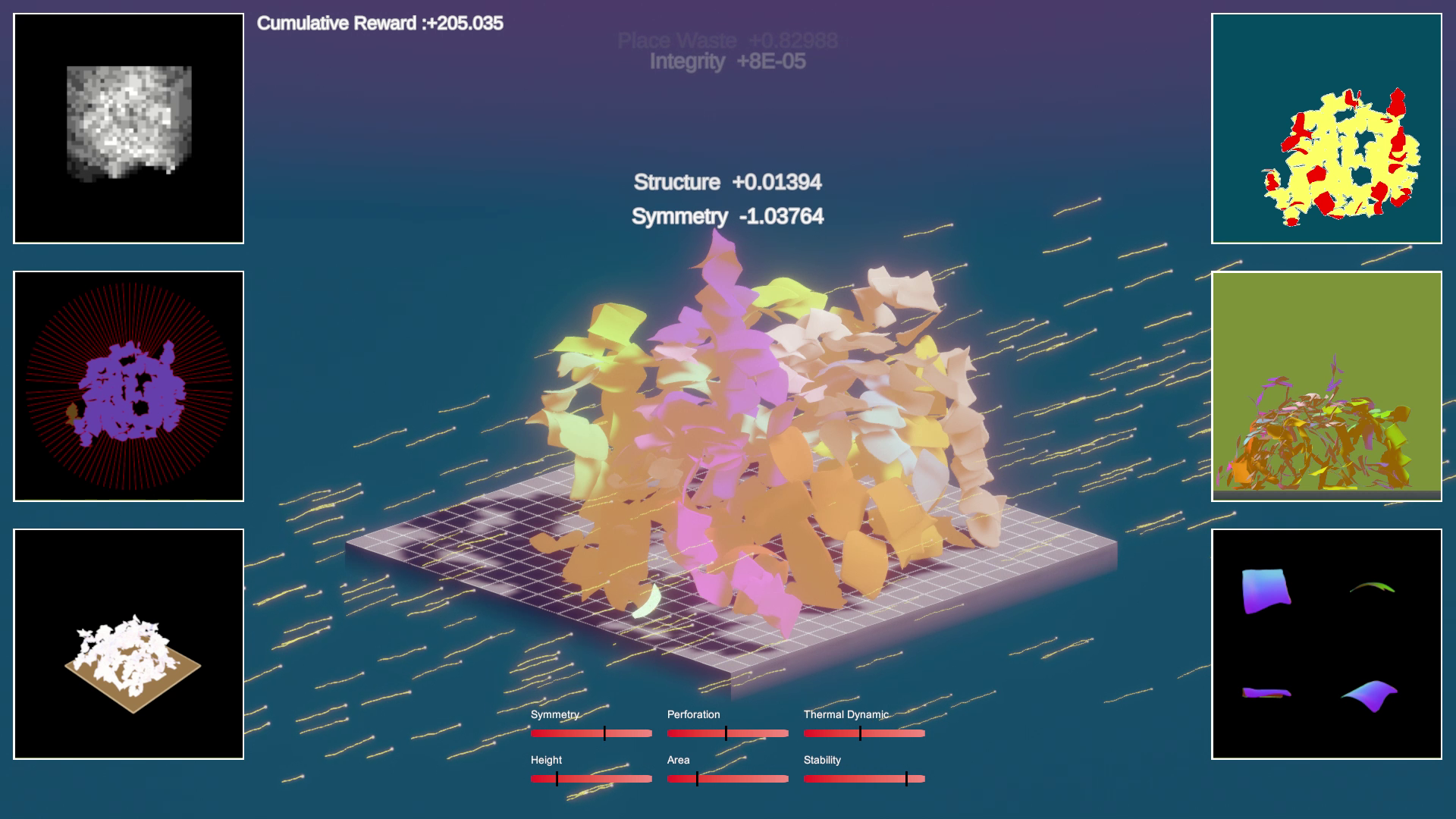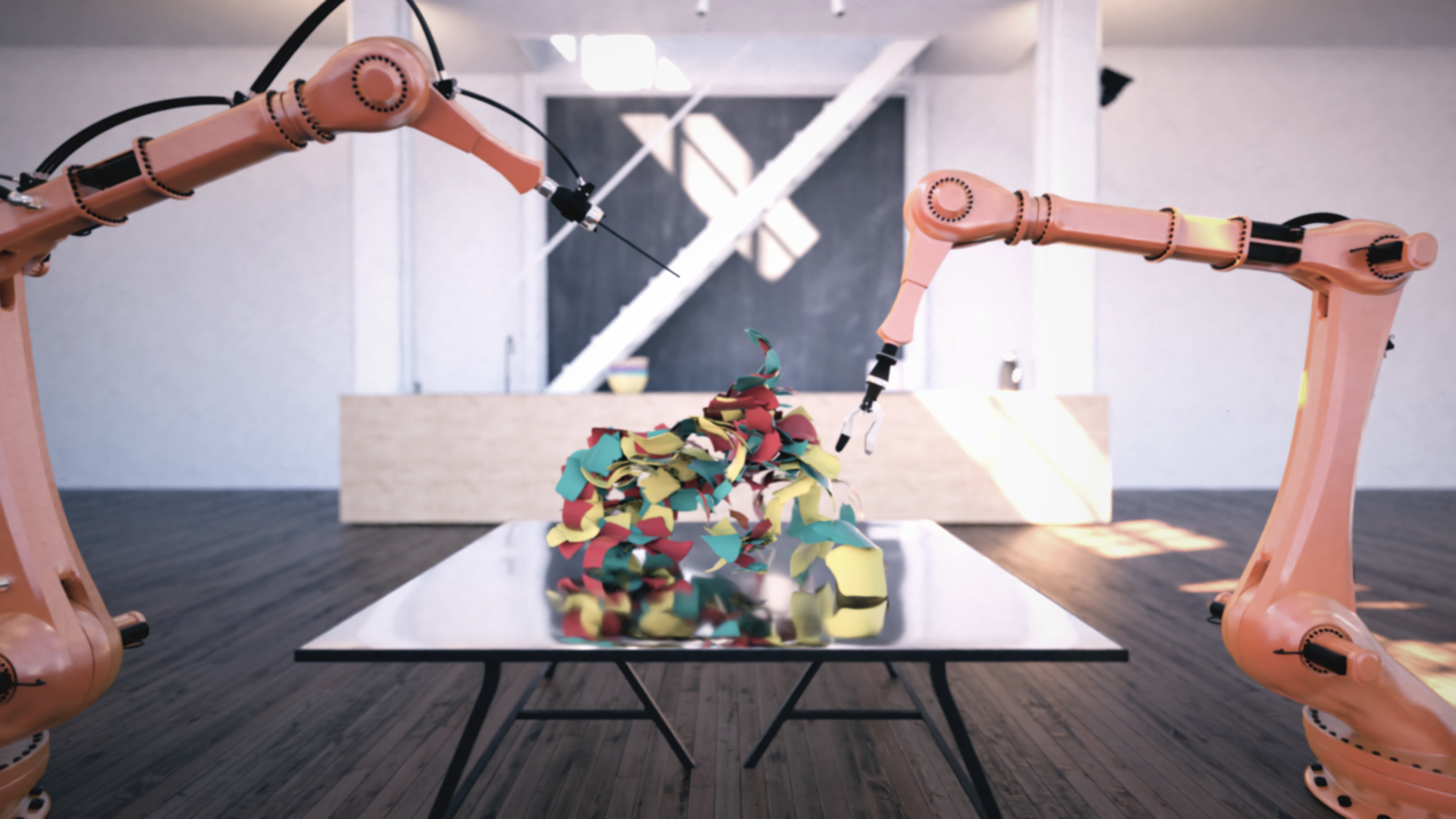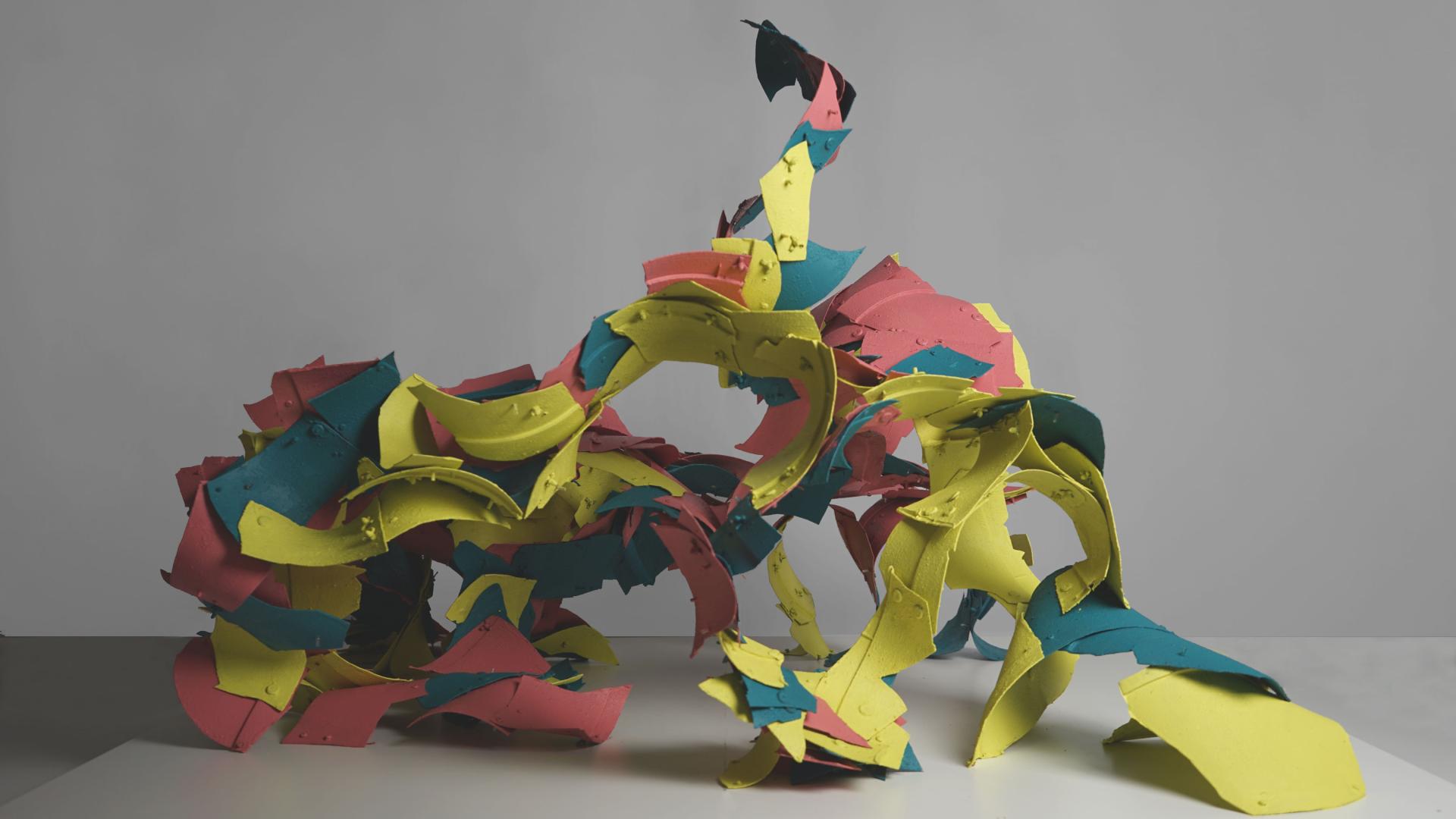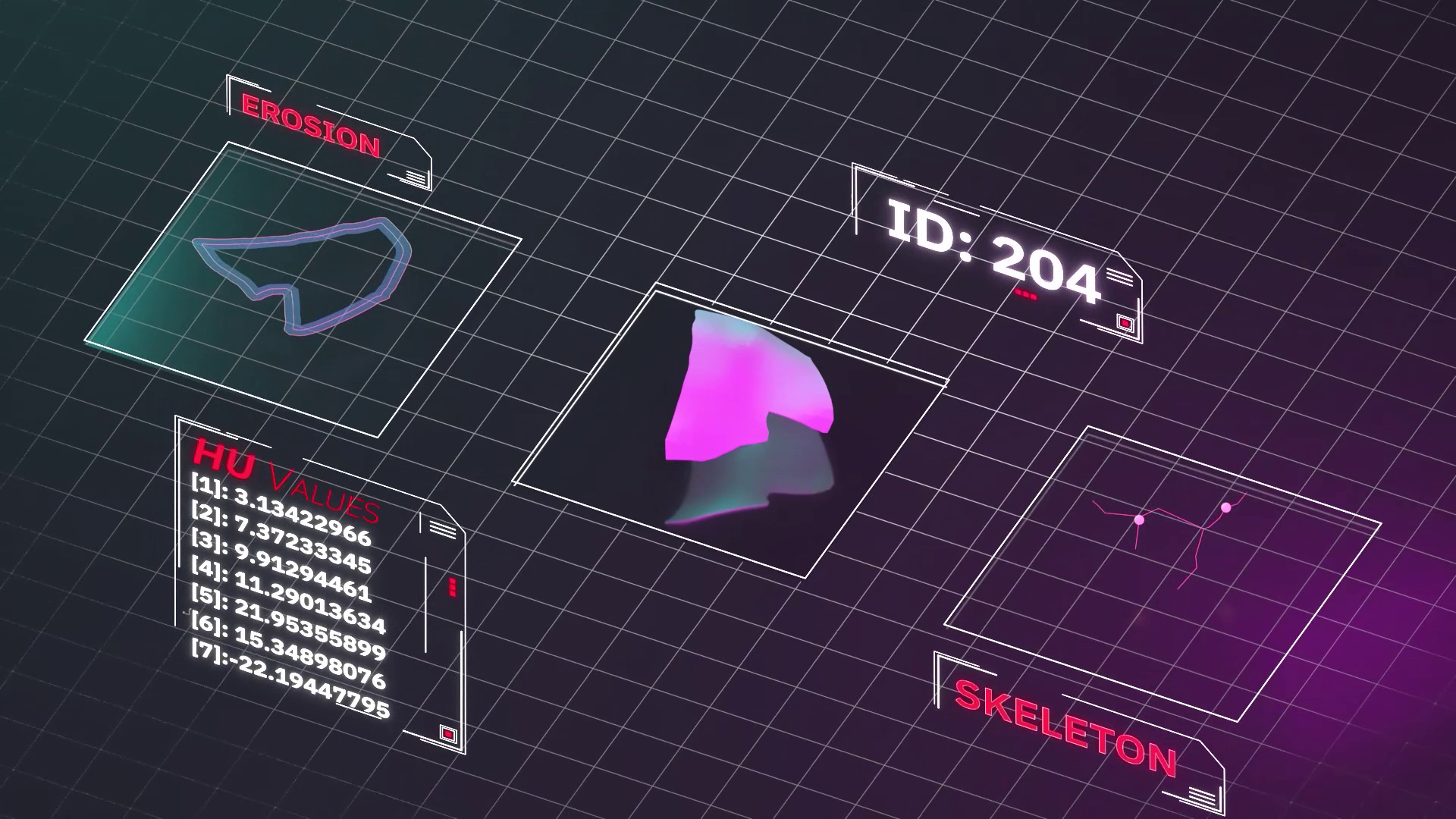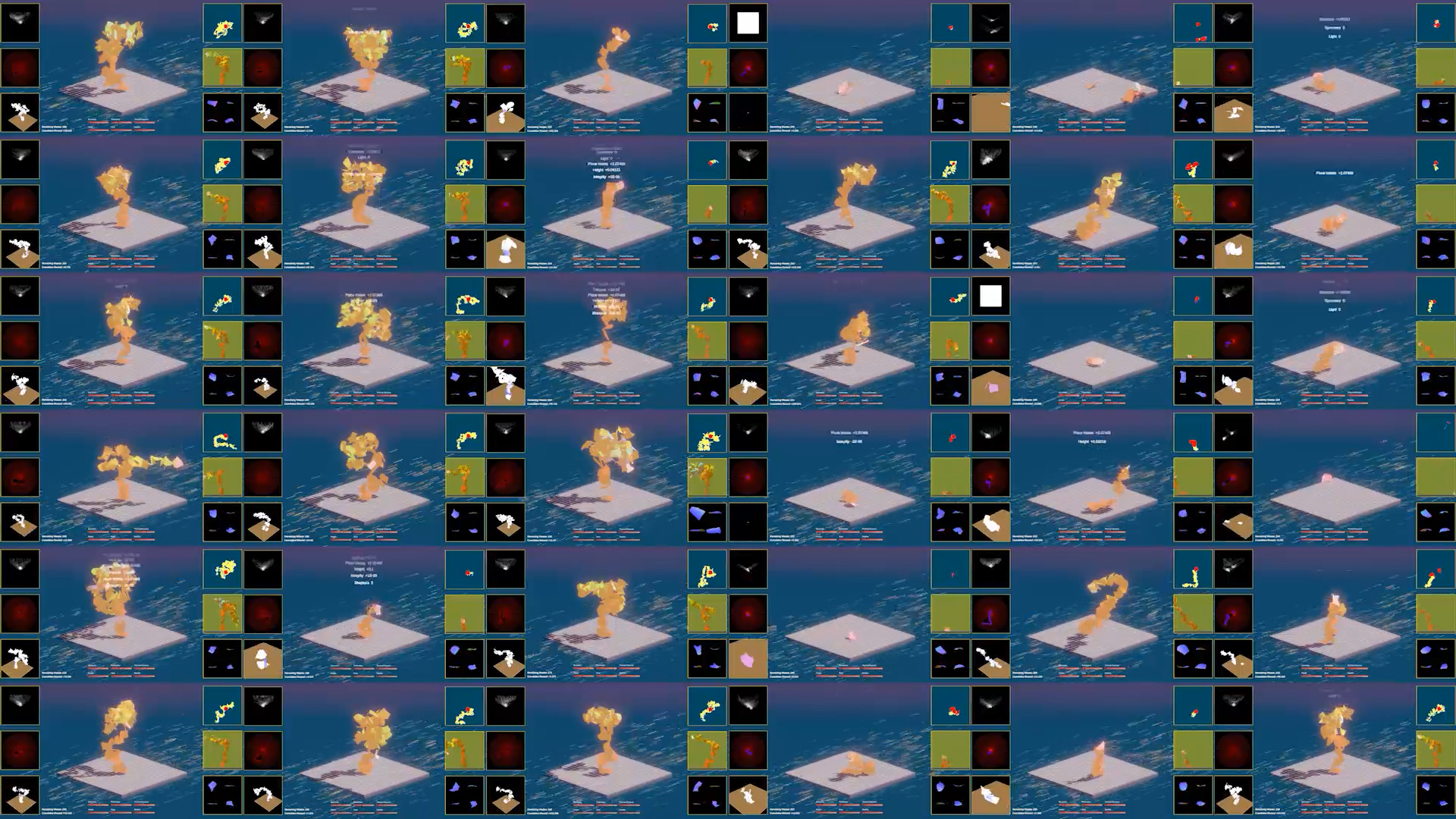Reform Standard
Basic information
Project Title
Full project title
Category
Project Description
Reform Standard is a machine-learning-driven searching process that designs new structures generated from existing wasted materials. Using reinforcement learning, machine vision and automated searching process, the idea aims to promote a material-informed design circle and converts wastes into potential resources. It not only revitalises waste materials’ lifecycles, but also develops a more sustainable way of design that fundamentally changes the way we participate, evaluate and experience.
Geographical Scope
Project Region
Urban or rural issues
Physical or other transformations
EU Programme or fund
Which funds
Description of the project
Summary
Reform Standard is a program that invents an alternative design workflow for architectural design industry that achieves a complete circular economy. Using reinforcement learning, machine vision and automated searching process, the program inaugurates a material-informed design circle and converts wastes into potential design resources.
The project starts with questioning the problematic standardization that is widely practiced in all industries. Standardization brings significant benefits to social and economic value with its organizational efficiency. However, it also generates increasing wastes and wasteland due to its one-way process that takes homogeneous inputs and processes. Reform Standard argues that an alternative level of flexibility in standardization – or a counter-process, “de-standardization” - through AI and capacity of computers’ searching power, will eventually revalue/objectify waste and redefine the notion of wasteland. Such an approach challenges the standardization of industries, production and design processes. With such an approach, architectural design can be informed by the material input at the beginning of design, which brings the potential to a better economic cycle and social value with more context-specific. The notion of wastes and wasteland in the future world could then be redefined as new natural land to be explored, designed and occupied by inhabitants and economic entities. The project sorts and transforms irregular chunks of wasted broken plastics into a new form. Instead of recycling those wastes in an energy-intensive process, the engine is finding the intricacy and new machine-oriented aesthetics in those otherwise neglected wastes.
Reform Standard utilizes processes of scanning, sorting inventory and structure generation. It not only revitalises waste materials’ lifecycles but also develops a more sustainable way of design that fundamentally changes the way we experience and evaluate a space.
Key objectives for sustainability
The concept will achieve sustainability by enabling a designer to design with wastes and thus promote a circular economy via material-aware design. The toolset provides designers both an articulation methodology and information to tackle the irregular geometries of wastes. Thus, it achieves sustainability by:
Enhancing reuse over recycle during design iteration
Instead of an energy-intensive process in recycling a significant amount of construction wastes such as concrete rubble, metal and wood, the program enables the direct use and design of waste materials consisting of irregular geometries. Designers no longer need to cut their design from a standard panel and throw away the rest, but they can design the form that will be assembled by various non-standard materials thanks to machine learning
Augment holistic view of circular economy
With the ability to directly interact with various waste and naturally found material with minimum editing, designers can thus see more potential in those materials. The new perspective of waste and active engagement in circularity for designers reinforces a more sustainable construction cycle in design practice.
Key objectives for aesthetics and quality
The new AI-human aesthetic creates unprecedented quality of the realized space by implementing new non-standard materials and new machine-learning-based design:
New non-standard material intricacy
The new composition of material through the machine-learning process brings intricacy of human experience. The building components such as wall, column, floor, etc. are mixed and composed in a way that reacts to users' demands, environmental evaluation, construction and materials properties.
New machine-augmented aesthetic
A new machine-augmented aesthetic is thus approached by the collaboration of both humans and machines. In particular, we can propose our demands collectively and AI can search for a method to design a new structure with minimum energy consumption while achieving our demands as much as possible.
Key objectives for inclusion
Through the further implementation of the project, the concept achieves inclusion through:
Participatory design
The project will eventually open to allow more participation, this thus encourages collaboration and full accessibility among diverse disciplines, communities and professions with a simpler device and more intelligent algorithms.
Affordability
Through revitalising wastes with the process, we can now build with cheaper materials and smarter construction that is manageable and predictable.
Physical or other transformations
Innovative character
The three dimensions are achieved only through our mobile device, internet and the machine-learning-based program that exploit the full potential of wastes according to human-machine co-design. Firstly, the device can scan and tackle all discrete materials in the design process to achieve sustainability and circularity at the beginning of the design process already. Furthermore, the machine-learning-based program in the device is simplified so that designers, planners, urban miners, citizens, and everyone else can try, play and co-design to "re-design" wastes. Thus, the results will be a built structure that represents a combined aesthetic - human and machine aesthetic. Hence, the idea implements an intelligent process to allow the participatory design of humans and machines to enable design with often neglected wastes.
The idea can be executed on all non-standard discrete construction wastes such as timber, planks, large concrete rubbles, and steel. Moreover, it can tackle non-standard natural materials such as bamboo to define tectonic and joint types efficiently and effectively. Furthermore, the machine vision implemented in this project can be used for building deconstruction to build a library that extracts and foresee the potential values of building wastes before deconstruction.

